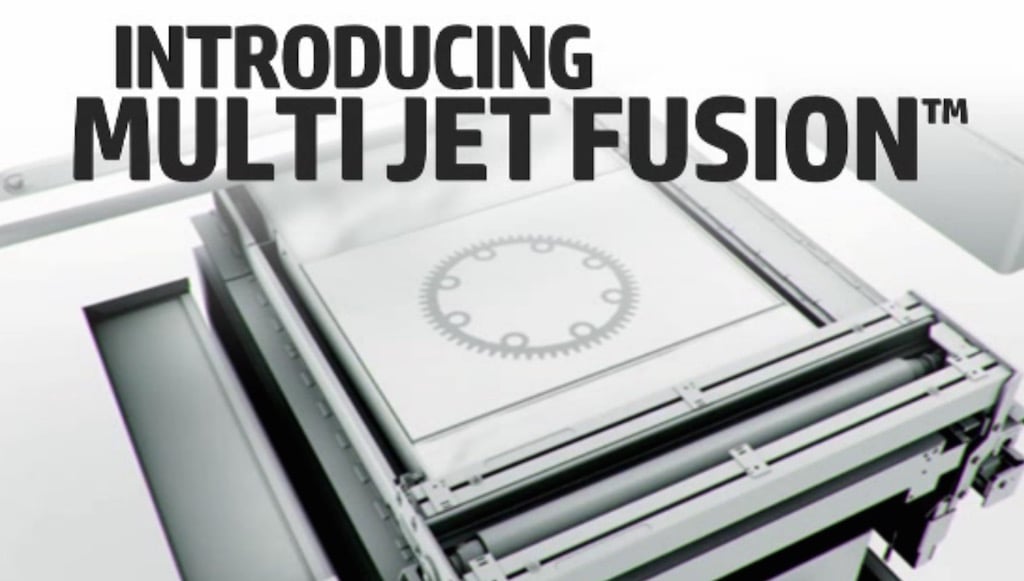We’re still thinking through the two big HP announcements today and have some random thoughts of the implications.
As we mentioned earlier today, HP announced a new 3D printing technology (but not a printer or its availability) and a new 3D content creation technology (but not one focused on manufacturing use).
HP’s massive resources are far beyond those available from the existing two largest players in the 3D printing industry, Stratasys and 3D Systems. In fact, with this announcement one could say HP is now the world’s largest 3D printing company, although that will sound more relevant when they actually ship machines.
The effect on Stratasys and 3D Systems could be profound. If HP follows through on their promise to deliver systems that print high quality objects 10X faster at lower cost, this will at the least put a big dent in their profit margins, particularly for 3D printing materials.
It seems the market agrees with this assessment, as we watched the live stock prices of the two companies this morning during the announcement. 3D Systems and Stratasys took notable dips, around 5-6% each. Other 3D printer companies suffered similar fates today. That’s just the beginning, though. Should HP provide additional information and demonstrations – and even ship machines – these stocks could drop even lower. On the other hand, these companies should have plans to react to HP’s announcements, which have been anticipated for a very long time. We’ll watch for announcements.
We noticed the stock price drops ceased once HP began announcing the Sprout 3D content creation technology, which evidently the market didn’t feel affected Stratasys or 3D Systems. We agree, as Sprout seems to be a consumer tool.
For users of 3D printing gear, this is an important day. If HP does provide quality function at lower prices, manufacturing users will be extremely pleased. Larger 3D printers typically operate as much as possible during the day, so the speed ups from HP’s new tech could dramatically affect their profit margins in a positive direction. A company like Shapeways, for example, could punch out 10X as many customer prints on equipment costing less. They should be able to drop their prices significantly if HP comes through with practical equipment.
Lowered pricing for 3D print service bureaus could dramatically increase the use of 3D printing by both companies and the public. Today the price for large 3D prints from such services is less than CNC milled alternatives, but still a bit shocking for smaller businesses and certainly individuals. That could change.
HP did not say much about solving 3D modeling challenges for tricky issues like multiple materials and textures. While we’re pretty confident they’ll be able to make a 3D printer that can produce objects with multiple materials, colors and textures, it will be severely limited by current software that frequently doesn’t easily handle such things. Perhaps they’re still working on this issue.
The Multi Jet Fusion process appears to work for plastic prints and it would probably be adaptable to many other substances, but it’s not clear whether it could be used for metal 3D printing. Metal printing kinda requires very high temperatures, which don’t seem to be suited for MJF.
It’s still early days for Multi Jet Fusion. They announced a new 3D printing process, not a 3D printer. Their equipment will likely hit the street not in months, but in years. Until then, existing 3D printer manufacturers and software developers will have much time to adapt to or leverage HP’s new capabilities.


